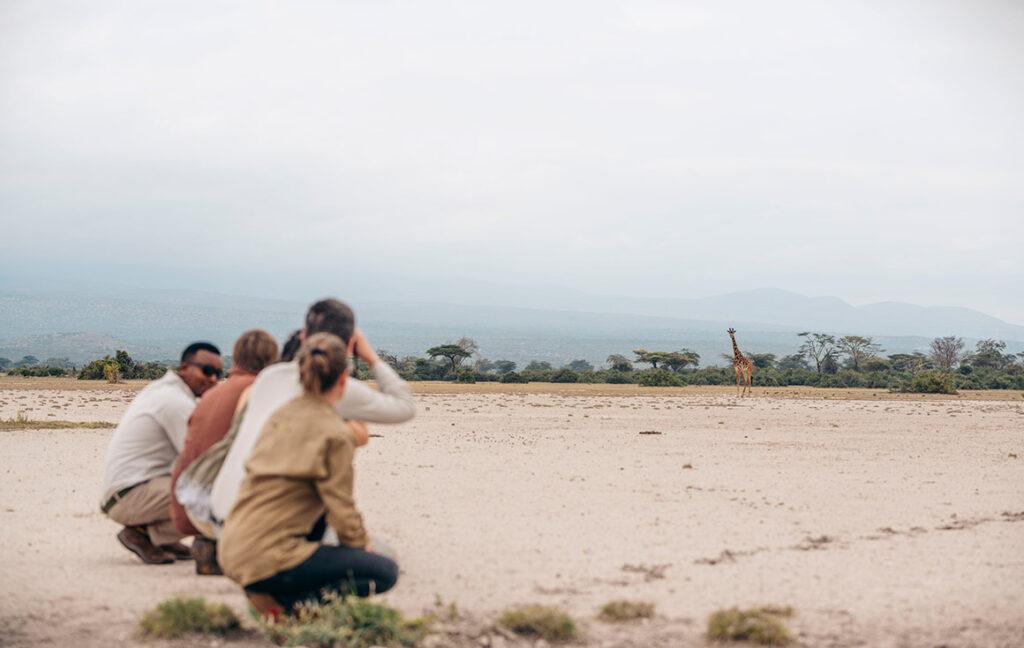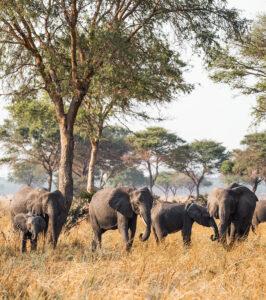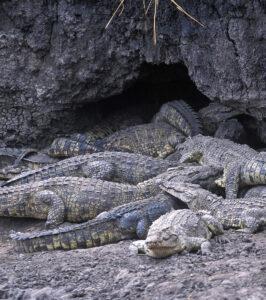You are currently viewing a placeholder content from Default. To access the actual content, click the button below. Please note that doing so will share data with third-party providers.
Katavi National Park
4471 km² (1,726mi²)
1974 (National Park)
June to October
A remote fly-in destination
Katavi National Park’s remoteness is its attraction. Unhabituated to visitors, the game reacts naturally and with a sense of wariness. The wildlife numbers are extraordinary. Katavi, Tanzania’s third largest park, is bordered by several large game reserves. During the dry season, the river attracts vast numbers of wildlife from this enormous wilderness. Consequently, you can see huge herds of buffalo, elephants, hippos, and numerous predators on game drives. As a fly-in destination with few visitors, it offers a rare secluded experience in today’s bustling world. An older Africa awaits. Experience it before it changes.
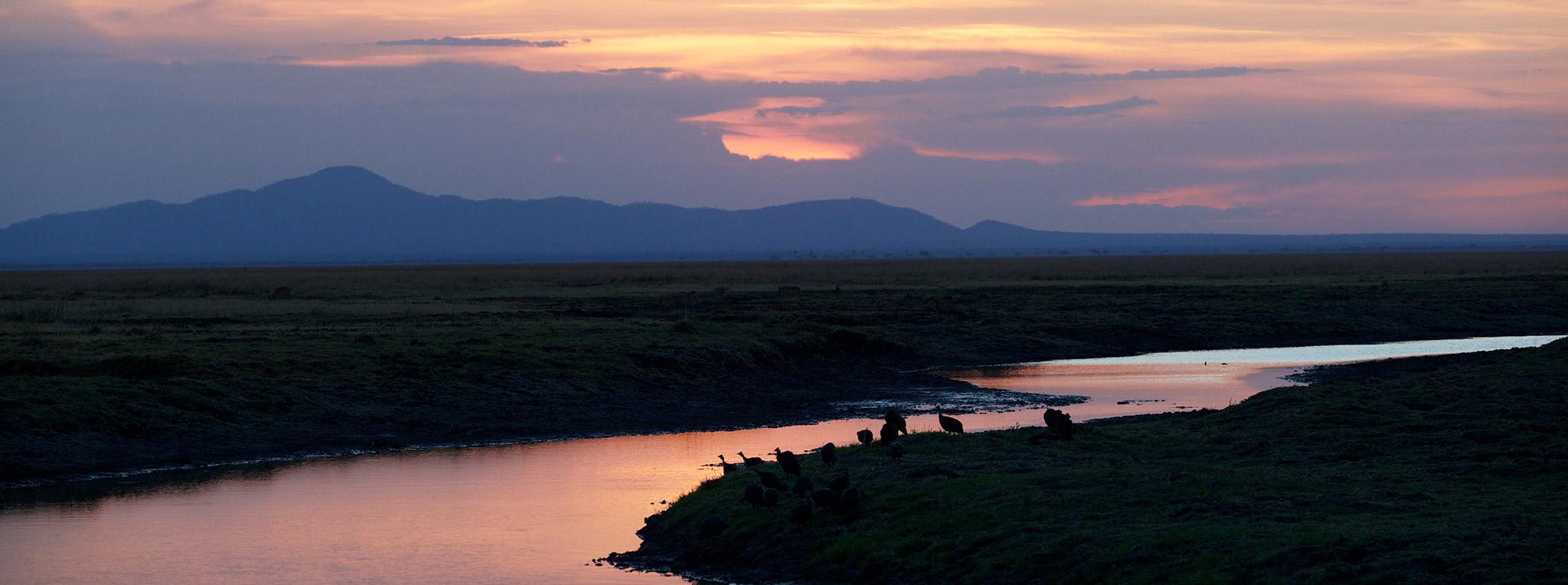
An untouched wildlife paradise
Katavi National Park is the third largest park in Tanzania. It is also by far one of the least visited in the country, making it a truly untouched wildlife paradise. It is located in the west of Tanzania and is quite hard to access by road, so the easiest way in and out is by charter flights.
The park is primarily fed by the Katuma River which in the rainy season – April and May – transforms the park into a wetland. Lake Chada and Lake Katavi are both seasonal lakes which are situated within the park boundaries. In terms of vegetation the park hosts a varied mix of bush land, Miombo forests, riverine forests as well as grasslands.
Highlights
For those lucky enough to visit Katavi, the dry season – June to October – is by far the best time to see animals.
The Katuma River is one of the only sources of water in the dry season and is the lifeline for creatures both large and small when they congregate along the river to drink and bath.
Then, when the last lakes and swamps are drying, up to a thousand hippos at times would huddle together for that last bit of water. Large crocodiles can be seen basking in the sun or in the remaining mud pools.
The Katisunga plains in the heart of the park attracts large numbers of wildlife and it is one of the few parks where visitors can catch a glimpse of both the roan and sable antelope in the same place. Other animals grazing here are zebra, hartebeest, eland, giraffe and defassa waterbuck.
Katavi is also one of the last parks that boasts massive herds of buffalo; some herds easily reaching a thousand animals or more. A healthy population of roughly 3000 elephants also reside in the park.
Predators such as cheetahs, hyenas, jackals, and servals are also present in the area and the resident prides of lions are always around looking for their next meal. Leopards also call Katavi home.
With over 400 species of birds, Katavi is a great place for birdwatchers. Large flocks of storks like saddle bills, open-billed and spoon bills as well as African fish eagles, Bateleurs, lilac breasted rollers, crested barbets and paradise flycatchers are but a few on the long list of birds in Katavi.
Hippo pools & crocodile caves
As the marshland, rivers, and lakes slowly dry up during the dry season, an incredible phenomenon occurs. One of the largest populations of hippos and crocodiles is forced to congregate in muddy hippo pools and crocodile caves.
Few visitors, lots of wildlife
A remote fly-in destination, Katavi National Park receives few visitors, creating an old-world destination with the possibility to view vast numbers of wildlife. In today’s world, Katavi offers a rare and exclusive opportunity.
200 lions reside in the park
Lion populations have declined by 43% across Africa, become extinct in 15 African countries, and were declared vulnerable in 1996. Thankfully, Katavi National Park is home to a vital population of 200 lions.
WHEN TO GO
Best time to go to Katavi National Park
The best time to visit Katavi National Park is the dry season from June to October. In this period, you can see vast numbers of wildlife that congregate along the Katuma River. Enormous populations of hippo, crocodile, buffalo, elephant, and antelopes can be seen here. All of which guarantees superb predator action.
Dry Season
June to October, December to FebruaryIdeal for amazing game-viewing in the park
Green Season
November, April and MayGame viewing is more difficult as wildlife moves away from the river
Why to go
A remote and old-world experience
Katavi is a hidden gem in a sometimes busy safari world. You can visit during the peak season, yet feel very much on your own. And that’s not because wildlife viewing is not exceptional – it’s just because it’s so remote, making it more pricey to get here. But if you are looking for a secluded safari experience to immerse yourself fully in the rhythm of one of Africa’s remaining wilderness areas, you will get more for your money than you might have ever imagined. You may only go to Katavi once in your life – make it count.

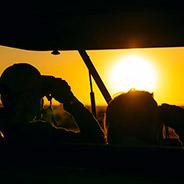
You were found on the internet and although Tanzania-Experience is not the cheapest you are real value for money. All pre-trip communication went smooth with quick responses and valuable feedback. We ended up with a tailor-made arrangement that showed to be a great success. Everything went according to schedule in Tanzania with not a single delay and your assistance and preparations were above expectations.Cilje & Ole | Norway
Where to stay in Katavi National Park
Location
Katavi National Park is located in Western Tanzania, close to but not bordering Lake Tanganyika. Alongside the Gombe Stream and Mahale Mountains National Parks, it is off the beaten track and not easily reached by road from most major towns. Instead, the few tourists who do venture to Katavi choose fly-in options by scheduled or chartered flights from Arusha.
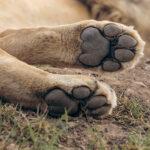

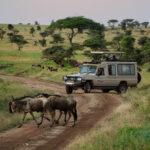
Experience Tanzania with us
Speak to one of our travel experts
Let's start planning your trip!
We will get back to you within 2 working days.
 on Tripadvisor
on Tripadvisor





